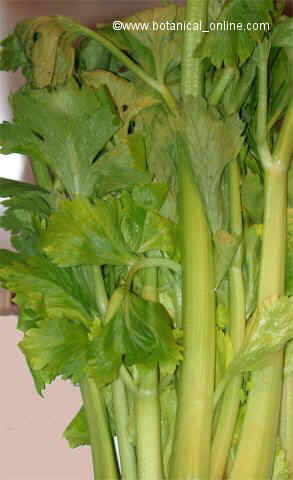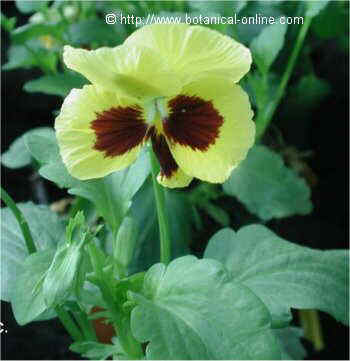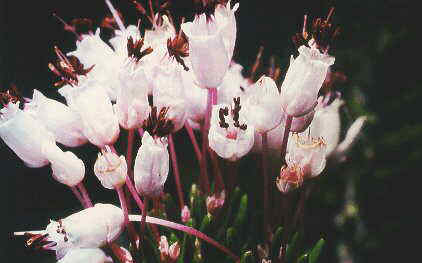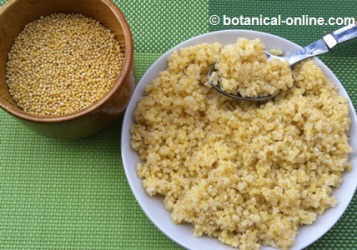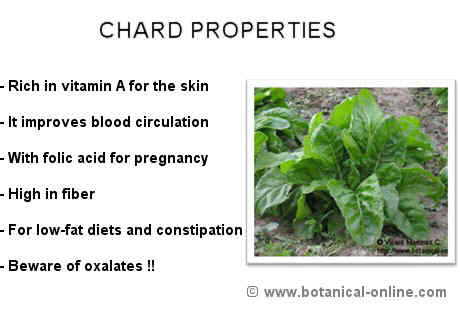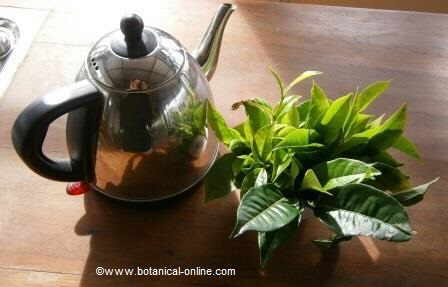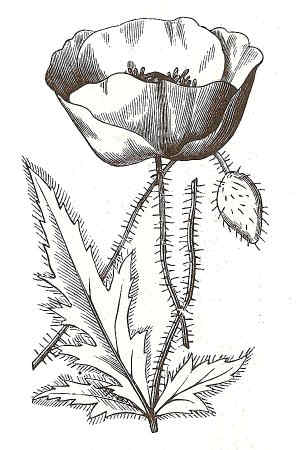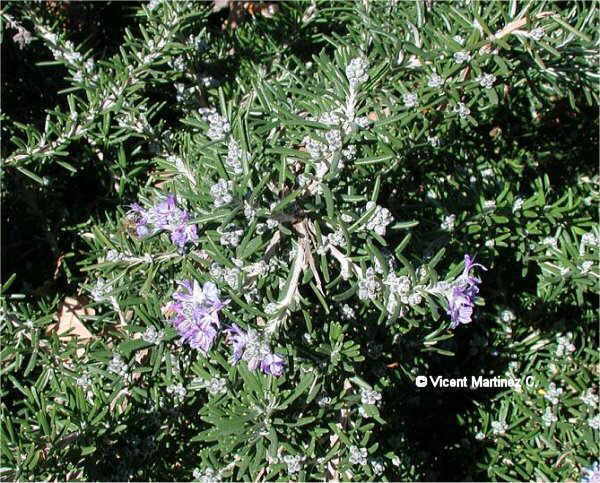Contents
Classes of legumes
TYPES OR CLASSES OF LEGUMES
Available on the market there are a large number of classes and varieties of legumes.
We have to choose those that best suit our tastes, trying to test new variants from time to time to dispose of all their possible wealth.
Open-air markets, in small cities or towns, are the ideal places to discover new possibilities.
Types of legumes according to irrigation
Depending on how legumes are cultivated, we divide them into three types:
- Dry land legumes: They can be grown without irrigation with a little rain. Within this group, we have: lentils, chickpeas, vetch or lupine.
- Wet soils legumes: Those who need a soil that retains moisture well. This group would include: peas, vetch and fava beans.
- Irrigated land legumes: Those who need a regular supply of water to grow. They are grown in orchards or irrigated lands, or along rivers. Within this group, we have beans.
CLASSES OF LEGUMES
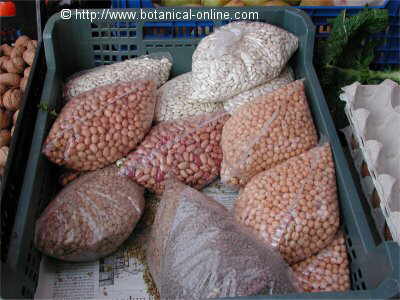
Different kinds of beans, lentils and chickpeas.
– Considering the different varieties, there are plenty of legumes worldwide. Among them, some deserve to be highlighted as the most important ones:
Main classes of lentils
* Small round lentils varieties:
- Beluga lentil: A very small shiny black lentil which owes its name to the similarity it has with caviar. It is mainly used for salads and soups and has a cooking time of about 20 minutes over low heat. Within the lentils it has the highest proportion of protein.
- Pardina lentil: It is called brown lentil. It is a small lentil that does not break when cooked. Rich in carbohydrates, it is earthy brown or reddishbrown and yellow inside. Especially suitable to combine with pasta and salad or Mediterranean dishes. It must be cooked on a slow heat and has a cooking time of about 30 minutes.
- Puy lentil: Also called “green Puy”. It comes from the French region of Puy. It is said to be preferred by the great chefs, both for its taste and its ability to remain whole when cooked. It is preferred in Europe and served in the best restaurants. Widely used in soups with herbs and salads, it is bluegreen and slightly smaller than Verdina lentil, needing about 30 minutes of simmering.
- Verdina lentil: Small and green. It is used in South America where more frequently appears in baked dishes and stews combined with Chili sauce. It needs about 35 minutes on low heat.
- Urad Dal Lentil or Indian Dal lentil: An ivory white lentil from India. It has half a centimeter wide. Its protein content is very high, something which is profited in this country by vegetarian people to replace meat.
Other types of lentils
* Big lentils varieties
- Queen lentil: One of the biggest lentils. It is yellow and flattened.
- Armuña lentil: It is also called Blond of Armuña lentil because of its yellow color and the area where it is grown that refers to its origin (region of Monterrubio of Armuña, located north of the province of Salamanca in Spain). It is a very large lentil, being considered one of the tastiest in the world.
* Skinned lentils
- Crimson Lentils: Originally from Turkey, it is a very suitable pureeing red lentil . Its cooking time is about 10 minutes.
- Red Chief lentils: Also known as Egyptian lentil. You can eat it skinned. In India they are known as Masoor dal. They are consumed in abundance in Pakistan.
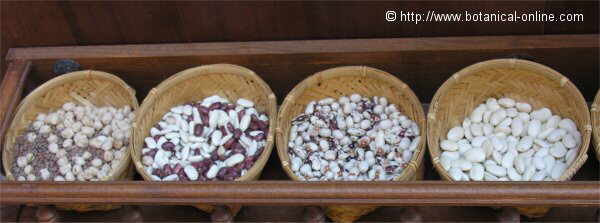
Samples on a shop window of different varieties of beans |
Classes of peas
* Depending on the size
- Dwarf varieties of peas: Those that do not exceed 45 cm and need no tutor for support. Within this category we have varieties as well known as Aura peas or Negret peas.
- Climbing varieties of peas (vining varieties): Those that can reach up to two meters high. They require a support to climb. Among them, there are species that are considered high and there are others considered middle. Some other middle varieties are Asterix peas or Lincoln peas.
* Depending on the plantation:
- Early varieties: Those that are planted in October to produce fruit throughout the winter because they are able to withstand cold temperatures. Well known early varieties are Frimas peas or Froger peas.
- Late varieties: Those that are planted in spring
* Depending on their texture:
- Smooth fruit varieties such as the variety known as Voluntary peas.
- Rugged fruit varieties such as the variety called Television peas.
* Depending on their color:
- Light green colors, for canning industry.
- Dark green colors, intended to be eaten fresh or frozen directly.
Bean classes
* Depending on the cultivation method
- Climbing beans: those that are grown to climb on rods, sticks or other support. They can reach three meters height.
- Bush beans: Those who do not need support because they are smaller and have sufficient strength to grow straight. They do not usually exceed 40 cm high.
* Depending on the season they are planted
They may be early, late and demi-early
* Depending on the shape of the pods
Depending on how they look like, they can be flat, flattened or cylindrical.
Main classes of beans
Among the main varieties we can mention the following:
- Prague beans: It is a variety that has no strings.
- El Barco de Avila beans: Globally known, from the region of el Barco, Avila (Spain). Although its price is higher than other beans, its quality justifies it.
- Princess beans: They are remarkable by their bright green color.
- Perona beans: Flat pod beans. Bestknown variety of vining beans.
- Garrafal beans: A variety of bean specially used for making Asturian fabadas. They belong to the variety of flattened beans.
- Borloto beans: They are white with red spots.
- Sabinal beans: They are the most popular varieties of flat beans.
- Planchada beans: Named after the flat shape of the seed.
- Bobby beans: They are well known within varieties with cylindrical pod.
- Round white beans: Nearly round shape and white.
- Blue beans: When they are tender, they have a blue pod color that disappears after cooking.
Soy classes
There are many cultivars of soybeans classified into 10 groups taking into account the duration of its life cycle. Among all, we could mention the following:
- Amsoy
- Beeson
- Williams
- Cutler
- Kent
- Kingsoy
- Gallant
![]() More information on legumes.
More information on legumes.

